|
We reached out to our Science Media Awards finalists with five questions about the experience of making their projects. Uranium - Twisting the Dragon's Tail is a finalist in five categories. Uranium - Twisting the Dragon's Tail is three- part series examining the history and role of one of Earth's most mysterious and dangerous rock - uranium. The series is a finalist in the Long Form Series Category. The first episode of the series, The Rock That Became a Bomb, is a finalist in the categories: Physical, Science Ambassador, Writing and Visualization. What inspired this story? It began with a mad commitment to tell a cracking story of the most desirable and hated rock on Earth. Uranium changed the world. It revolutionized physics and changed the way we think about the nature of reality. Uranium bent our culture. Uranium is the rock in rock- and-roll. Uranium has the power to take us into a future of clean, limitless energy, or kill every single one of us on this planet. Those are high stakes, and that’s a story that needed telling. Describe some of the challenges faced while making this film? Making the series was quite simply the most arduous, intensive, exhausting, dangerous and wonderful working experience. We shot the series in eight weeks in nine countries. Our crew was small, only five people, and they humped equipment up cliffs in Northern Australia in 45 degree heat. They rattled down a dilapidated Soviet mineshaft in a squealing metal cage in wet darkness, and they suited up with spacesuits and respirators and descended into lethal radiation zones. Shooting in high radiation environments has some unique challenges. The main danger in a radiation zone is time. In one place inside the Chernobyl exclusion zone, we were limited to only four minutes exposure to the intense radiation. It’s surprising how scary this can be. Walking in torchlight through abandoned underground buildings holding a shrieking Geiger counter concentrates the mind wonderfully. All in all, not an ordinary day at the office and not, ordinary film making. How do you approach science storytelling? Service the audience that you can count on to watch your film, but court the other audience, the one who isn’t automatically drawn to the subject. We apply dramatic principles to our stories. We thought of Uranium as many things, but mostly, as a character. Complex, beguiling, savage. And the series became an autobiography of this character. I think our audience understood this. This character thrilled them, scared them and intrigued them to watch three hours of science and story about a rock. Did the film team use any unusual techniques or unique imaging technology? We used a variety of animations to convey complexities of nuclear physics and uranium. What happens when an atomic nucleus splits? What is an element? Why does Uranium split? What is half-life? It was essential to illuminate these concepts for a broad audience, but it was just as essential that an informed audience be engaged and so, animated metaphor was used and the decay chain of uranium became a metamorphosis of baby dragons changing form. The dragon motif is a brave and radical departure from traditional rendering of uranium and it was discussed at length with our team of science advisors and physics experts. The magic realism approach is a gamble in films about science but one that we feel allows people – especially family viewers and school students – to connect and engage. All of our animations are deliberately quirky and fun and hugely entertaining because we wanted to make uranium clear and powerful and engaging for a diverse global audience. Why did you pick Derek Muller to be the on-camera host telling this story?
URANIUM – Twisting the Dragon’s Tail sees Dr Derek Muller hosting his first television documentary series. Derek is a physicist. He also has a substantial online presence that demonstrated to our team and our broadcast partners, an infectious enthusiasm for science. Derek unleashes a historian’s passion for detail, a physicist’s understanding of science, and a journalist’s nose for a good story. He loves science, but he also loves the poetry and the beauty of science. Derek took the audience with him on this journey. He invited us to wonder, and charmed us to listen.
1 Comment
Mark Delorey
12/23/2020 07:45:44 pm
What kind of a respirator was Derek Muller wearing?
Reply
Leave a Reply. |
AuthorAs the curators of the Science Media Awards Summit in the Hub (SMASH), we believe storytelling is a common thread in our shared human experience, and that new media allows us to convey the wonders of scientific discovery in new and compelling ways. Archives
October 2018
Categories |

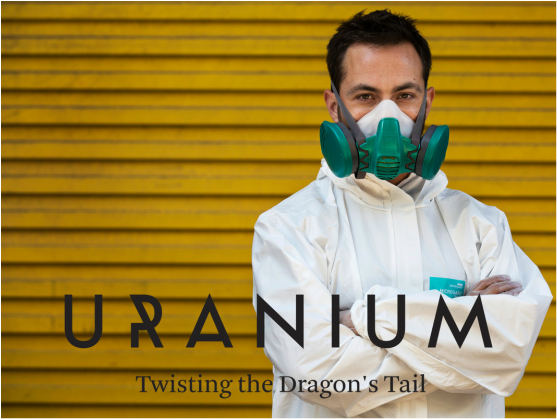
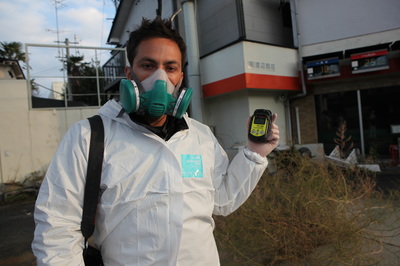
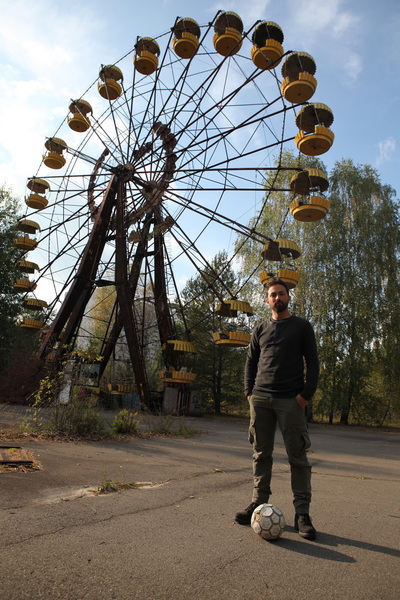
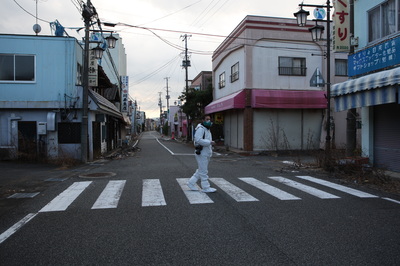
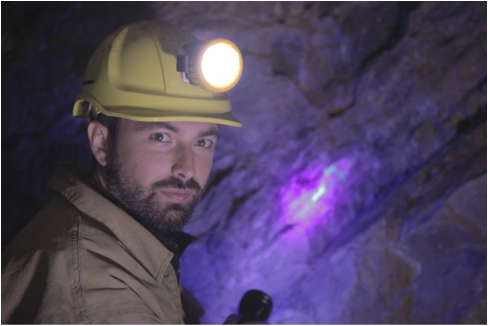
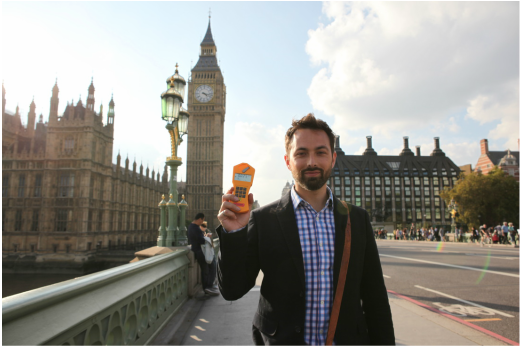
 RSS Feed
RSS Feed